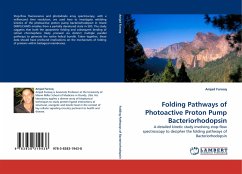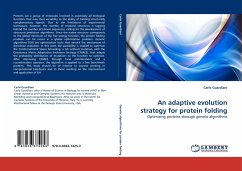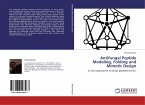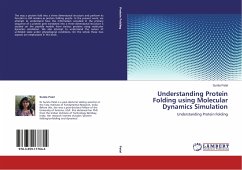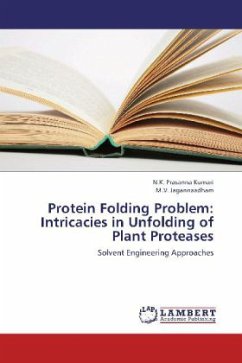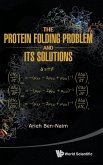Stop-flow fluorescence and photodiode array spectroscopy, with a millisecond time resolution, are used here to investigate refolding kinetics of the photoactive proton pump bacteriorhodopsin in mixed DMPC/CHAPS micelles from a partially denatured state in SDS. The study suggests that both the apoprotein folding and subsequent binding of retinal chromophore likely proceed via distinct multiple parallel pathways to generate the native helical bundle. Taken together, these data should have profound implications on the mechanisms of folding of proteins within biological membranes.
Bitte wählen Sie Ihr Anliegen aus.
Rechnungen
Retourenschein anfordern
Bestellstatus
Storno

